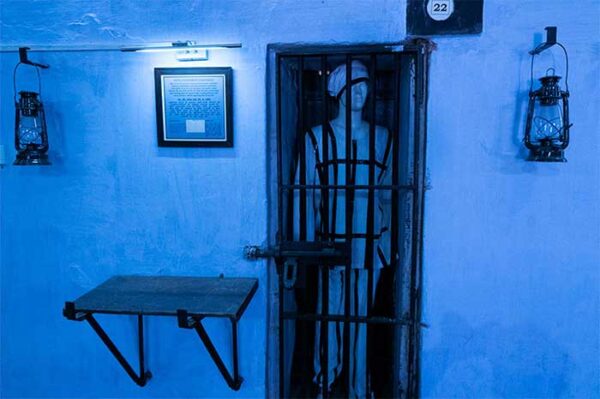Places to Visit
Top Places
to Visit
in Dagshai

Nicely nestled on a hill, this beautiful town with a strong British connection is a treasure trove for a curious traveller. Spend your day exploring these top historical places in Dagshai. Who knows you might find something no one has before.
Dagshai Central Jail
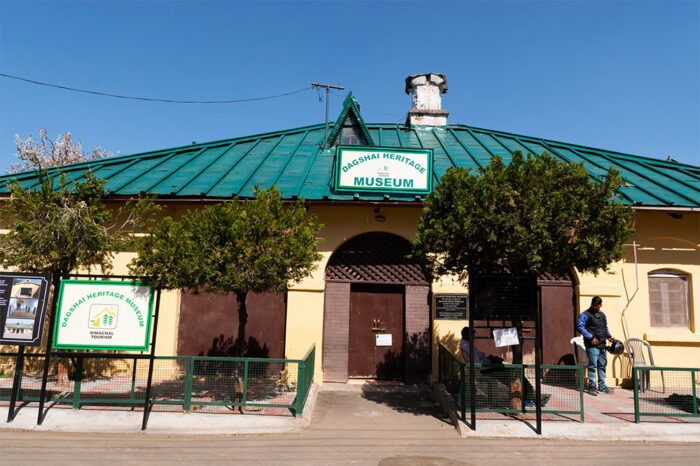
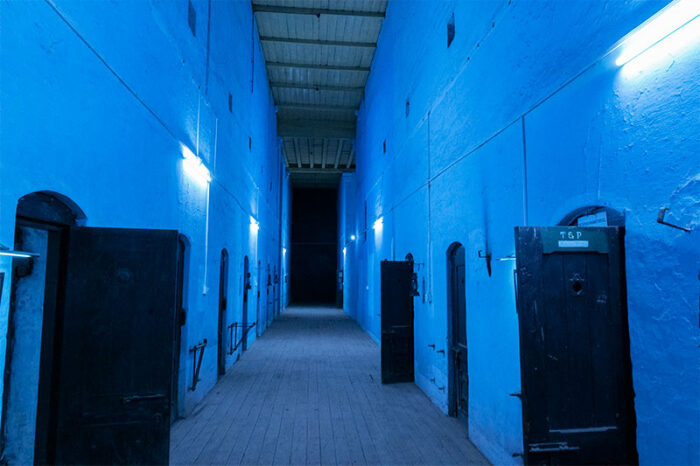
Once notorious for the tortures and executions carried out here, this T-shaped jail, built by the Britishers, has now been converted into a jail museum, one of the few such ones in the country.
It was constructed in 1849 as a ‘no-escape jail’ and in the following decades some of the prominent people including Irish revolutionary leader James Daly, leaders of Komagata Maru leaders, Boer war soldiers, and Nathuram Godse, Mahatma Gandhi assassin, were imprisoned here.
The jail has 54 cells, measuring 8-feet X 12-feet each, with hardly any ventilation. Out of these total cells, 16 were solitary cells where prisoners were kept in pitch dark and without food for days. One cell has been marked ‘T&P’ (Torture and Punishment) where prisoners were chained and tortured.
St Patrick’s church
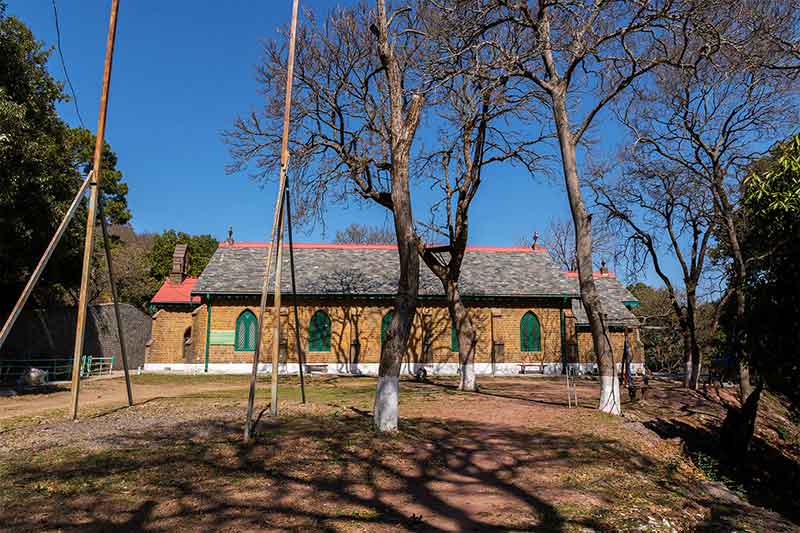
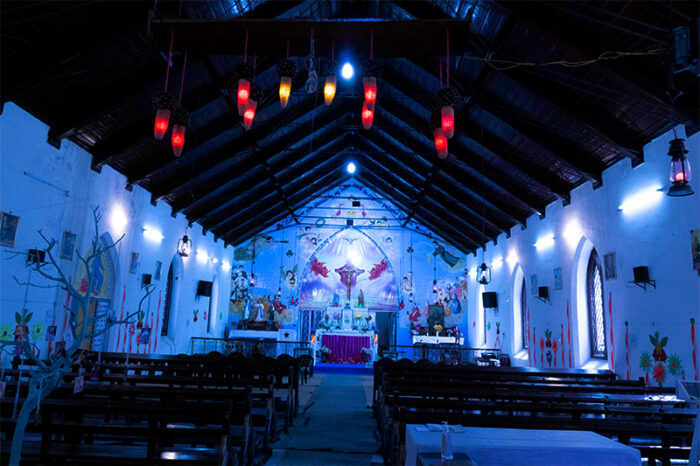
One of the oldest and the most beautiful churches, St Patrick’s church was built in 1852. The money — Rs 5,030 — for building the church was given by the Connaught Rangers, the Irish troops stationed in Dagshai at that time.
The Rangers, while supporting the Irish freedom movement, had later revolted against the British. Last prayers for James Daly, who was executed at the Dagshai prison, were held in this church only. Built in the Gothic style, the church is known for its marvelous wooden interiors.
The church was not properly maintained and restored recently by Mr Anand Sethi, the man behind converting Dagshai central jail from a military dumpyard into a jail museum.
Dagshai Cemetery: Mary Rebecca Weston’s grave
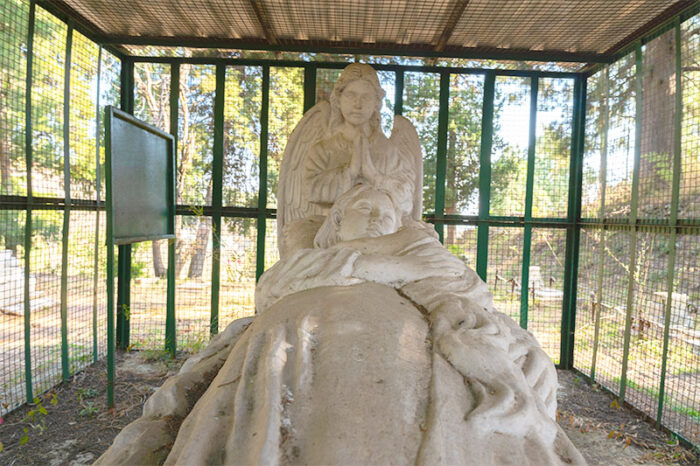
There are many ghost stories about Dagshai and almost all of them originate at the British-era Dagshai cemetery. Among the dead here lie Mary Rebecca Weston.
Mary was the wife of Major George Weston and had died in labour pain along with her unborn child in 1909 in Dagshai. She was buried here in this cemetery with a striking headstone got built by her husband.
It’s a white marble sculpture of a woman with a newborn sleeping in her arms and an angel watching over them. The tombstone had to be restored as people, mostly childless couples, started taking away pieces of marble from the grave, thinking it would bring them goof luck. After restoration, a grille has been built around the grave to protect it.
There is also a second cemetery, ‘the old Roman Catholic and European cemetery,’ which is on the Central Jail Road. This cemetery is from 1845. It mostly remains locked.
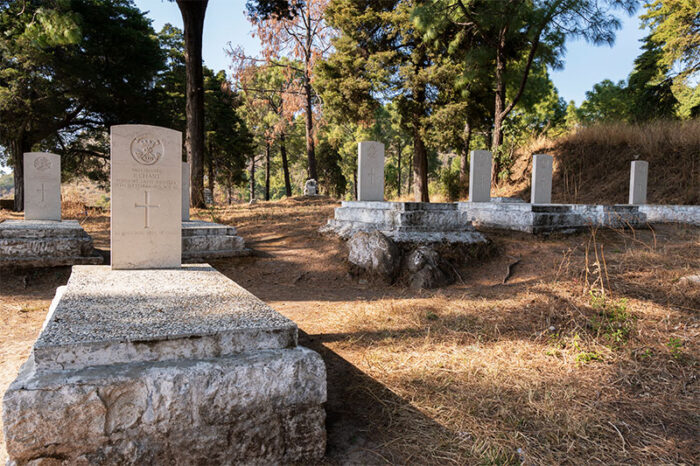
Aurangzeb-era Mosque
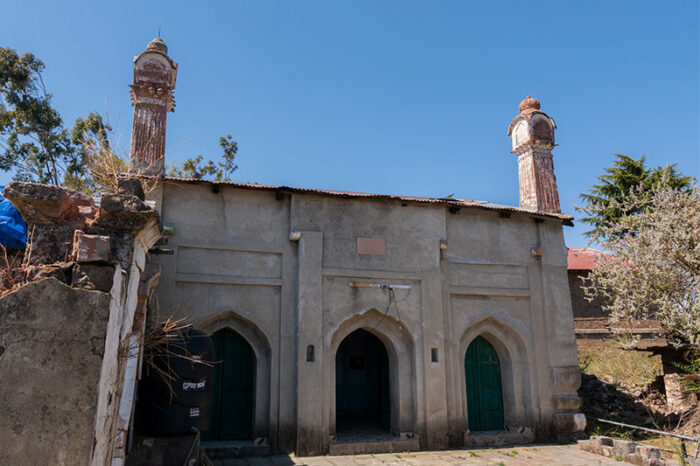
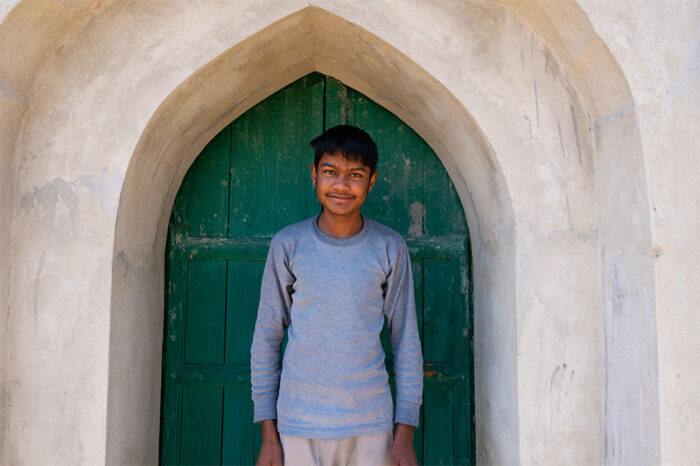
At the far end of the old Dagshai bazaar, there is an old mosque believed to be from the times of Mughal emperor Aurangzeb. There is also a couplet in Urdu in praise of Aurangzeb in front of the mosque. The mosque minarets are intact even though part of the structure has crumbled down over the ages.
Inside, there is a small hall for offering prayers. This mosque had also been left abandoned and part of it was recently restored. Some Muslim families still pray here.

Protestant Church
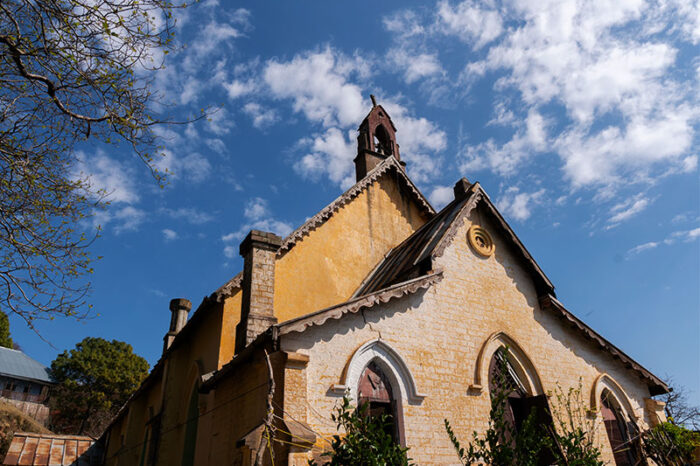
There is also an old Protestant church in Dagshai. Built in the Gothic style, it’s located near the entry gate of army Public School, Dagshai. The prayers are held here every Sunday. This historic church is in need of restoration. The church comes under the Diocese of Amritsar, Church of North India.
Dagshai Polo Ground
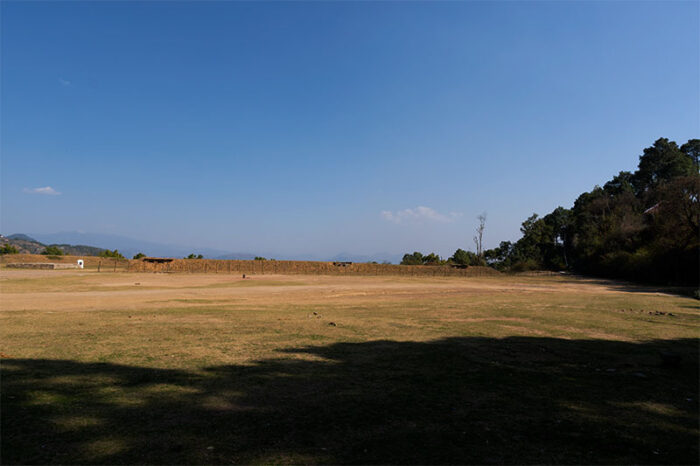
The polo ground or what used to be a polo ground is located near the first cemetery. It’s one huge ground where during the British time, polo used to be played. These days, local youngsters come here to play cricket and other games. There is a dense pine forest bordering the polo ground where it’s always windy. You can spend some good time hiking in the forest as we did too.




